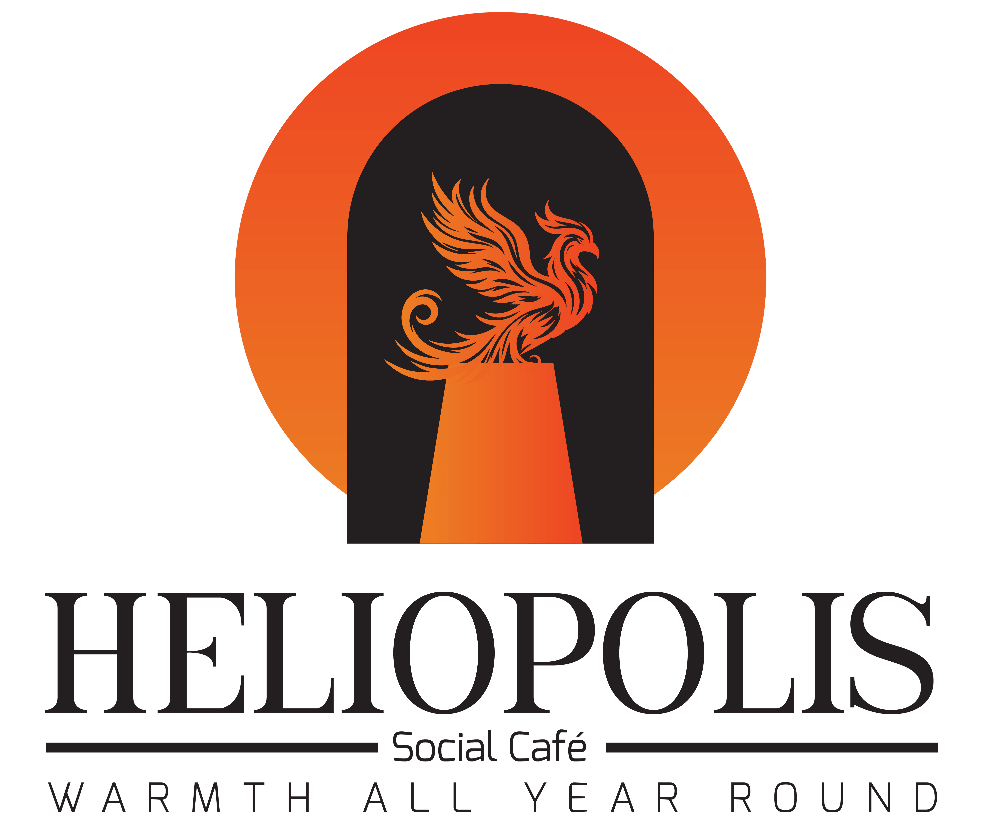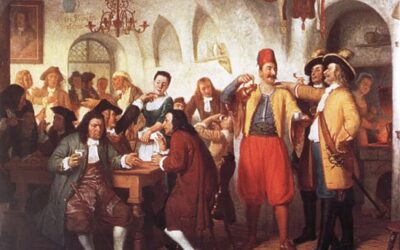For the Curious
A bit of Stories, a bit of History and a bit of where we fit in all that..
Tunes & Tales: When Space Boy Visited Heliopolis
We chatted with the crew behind indie sci-fi film project: Space Boy, about the creative challenges, innovative storytelling, and the sheer passion that fuels Calgary’s thriving arts scene.
Tunes & Tales: When Heliopolis Met A Tea Sage
Josh’s passion for tea was as captivating as his stories, each infused with depth and humor. The evening was a beautiful mix of storytelling, music, and personality.
Tunes & Tales: Bethel, Mark, and a Night of Surprises at Heliopolis
Fireside Wonders: Art, Advocacy, and an Unforgettable Evening of Inspiration and Spontaneity!
Tunes & Tales: When Haven Met Heliopolis
A night to remember
Between Pages and Cultures: The Purpose of Our Books at Heliopolis
Our books are not space fillers.
Of the City of the Sun, Heliopolis
In Heliopolis, atop the Benben stone, creation itself began.
Penny Universities & Big Money: London Coffeehouses
Polite conversation led to reasoned debate on politics, science, literature, poetry, commerce, and religion.
Chess & Existentialism: Parisian Cafés
Way more than Cafés
Of Ancient Heliopolis, they wrote
Through poetry, we are given a glimpse into the soul of Ancient Heliopolis
Opening Hours
All Week 11am to Midnight
Street Parking is available
Public parking lot at the back of the building. Click for Directions









